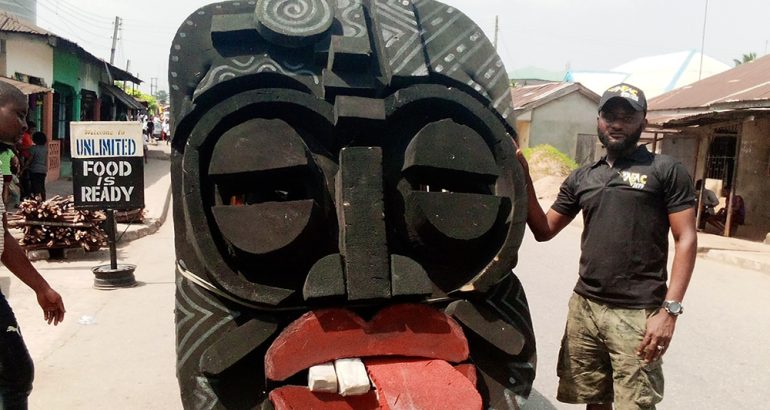Cultural festivals, like the Annang Festival of Arts and Culture (AFAC), are not only vibrant celebrations of tradition but also powerful catalysts for economic growth and prosperity. AFAC, with its deep roots in Annang culture, serves as a prime example of how culture can be a driving force behind economic development.
1. Fostering Small Business Growth
One of the most significant impacts of AFAC on the local economy is its ability to foster small business growth. The festival provides a platform for local artisans, craftsmen, and entrepreneurs to showcase their products and services to a diverse and often international audience. This exposure can lead to increased sales, expanded markets, and sustained livelihoods for these small businesses.
2. Promoting Tourism
AFAC attracts visitors from near and far, transforming the region into a tourism hotspot during the festival. Visitors spend on accommodations, transportation, dining, and local experiences. This influx of tourism not only boosts the hospitality industry but also creates jobs and generates revenue for the local economy.
3. Creating Employment Opportunities
The preparation and execution of AFAC require a significant workforce. From event organizers and security personnel to vendors and performers, the festival creates temporary employment opportunities for individuals within the Annang community and beyond. This can alleviate unemployment and provide income to families.
4. Cultural Exports
AFAC not only celebrates Annang culture but also exports it to the world. International recognition of Annang art, music, and craftsmanship can lead to opportunities for cultural exports. This, in turn, contributes to foreign exchange earnings and strengthens the local economy.
5. Infrastructure Development
In preparation for AFAC, there is often a need for infrastructure development and improvement in the host region. This includes upgrades to roads, public spaces, and facilities, which not only enhance the festival experience but also leave a lasting legacy of improved infrastructure for the community.
6. Encouraging Investment
The success of AFAC can attract investments from both public and private sectors. Recognizing the economic potential of the festival, investors may be more inclined to support local development projects and initiatives that can further boost the region’s prosperity.
7. Knowledge and Skill Transfer
Cultural festivals like AFAC facilitate knowledge and skill transfer. Local artisans and craftsmen have the opportunity to interact with artists and experts from around the world, learning new techniques and refining their skills. This knowledge can be applied to improve the quality of their products, making them more competitive in the market.
8. Long-term Economic Sustainability
While AFAC is an annual event, its economic benefits often extend well beyond the festival dates. The connections forged and business relationships established during AFAC can lead to long-term economic sustainability for the Annang community, creating a legacy of prosperity.
In conclusion, AFAC is not just a cultural extravaganza; it is a dynamic driver of economic development. It showcases how culture, when celebrated and harnessed effectively, can generate prosperity, create opportunities, and empower communities. As AFAC continues to thrive, it serves as a shining example of how culture and economic development can go hand in hand, transforming a region and its people for the better.
